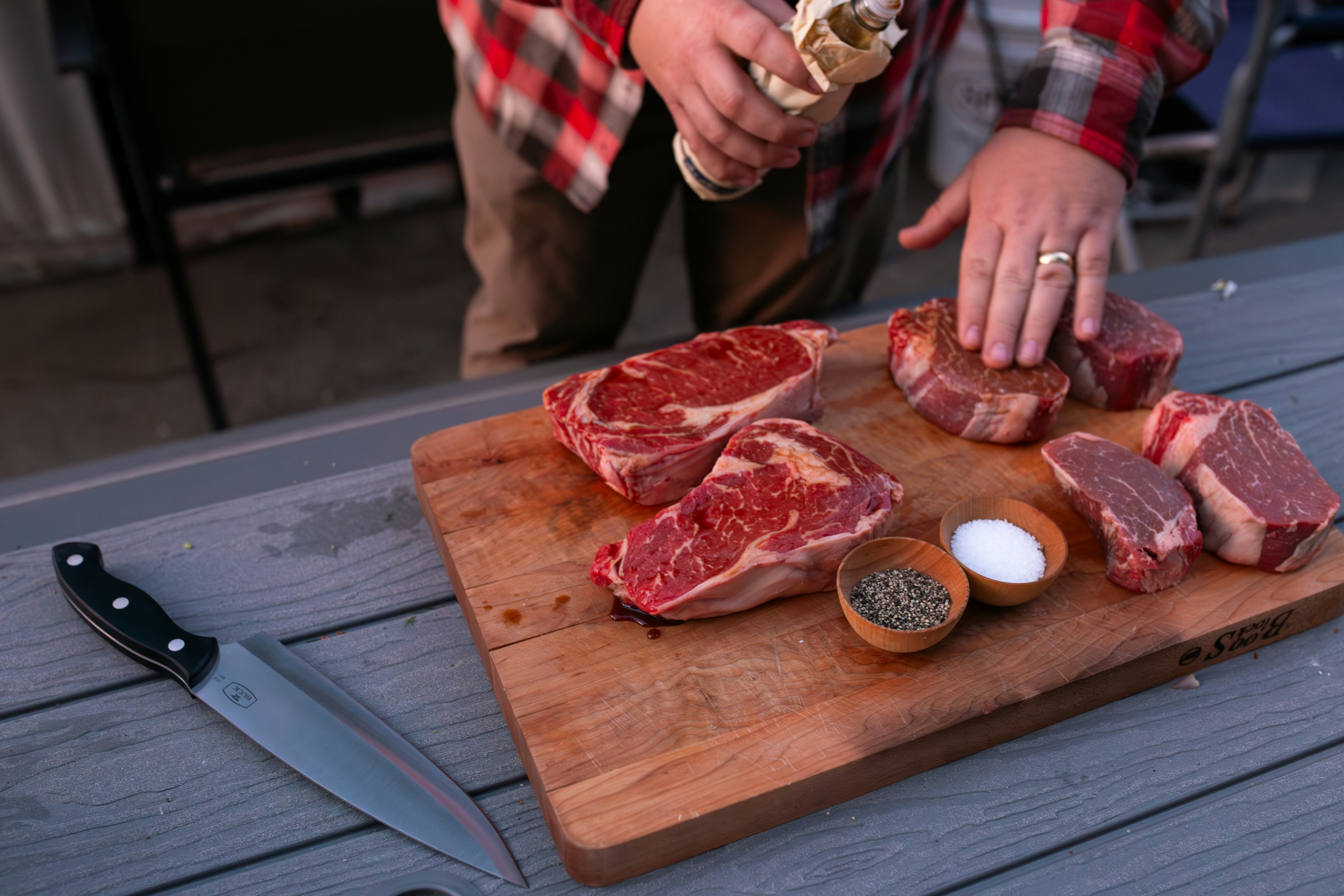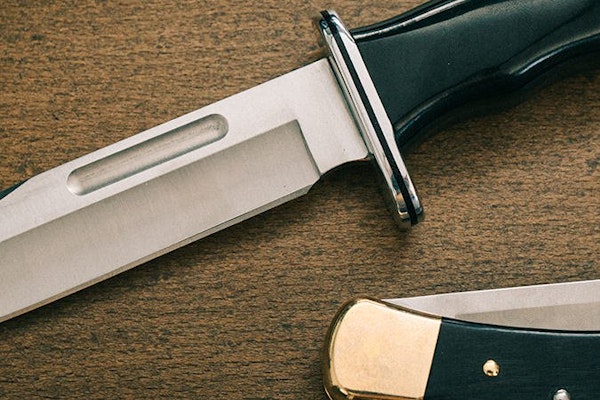Three new models are being introduced to our Kitchen Cutlery line in the Fall of 2024. While steak, chef, paring and even serrated bread knives have become a staple in most homes, these are the additions to the kitchen that will change your cooking forever.
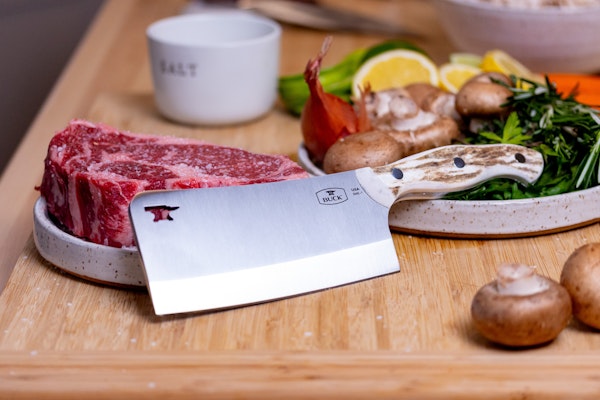
The Cleaver:
The meat cleaver, a powerhouse of the kitchen, boasts a fierce history that stretches back to ancient civilizations. This formidable tool was initially wielded not just for slicing through meat but for chopping a variety of ingredients with precision. By the 19th century, it evolved into a symbol of strength in butcher shops across the West, where its heavy, broad blade became the weapon of choice for those who dared to master the art of butchery. Designed to crush bone and slice through sinew with relentless power, the cleaver's iconic rectangular shape represents both brute force and culinary finesse. Today, this blade is revered by chefs and home cooks alike, standing as a testament to its enduring legacy in the battle for flavor and technique in the kitchen.
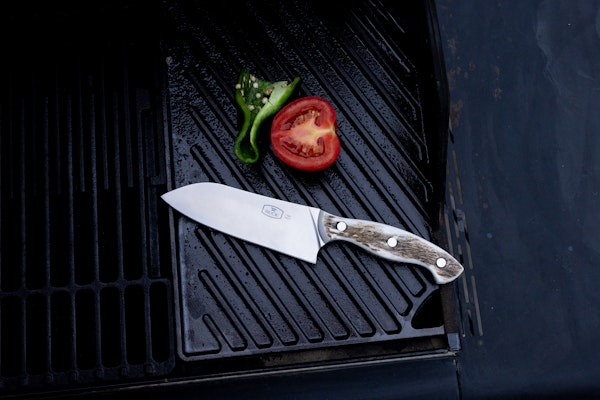
The Santoku:
The santoku knife, a staple in Japanese cuisine, features a distinctive design that emphasizes versatility and precision. Originating in the late 19th century, its name translates to "three virtues," referring to its effectiveness in slicing, dicing, and mincing. Typically characterized by a shorter, wider blade—ranging from 5 to 8 inches (Buck's is 6 inches) —the santoku has a flat edge and a low, pronounced tip, which allows for intricate cutting and boning. The ergonomic handle provides a comfortable grip, making it ideal for prolonged use. Renowned for its balance and adaptability, the santoku knife has become a favorite among both professional chefs and home cooks, weaving functionality and craftsmanship together in the kitchen.
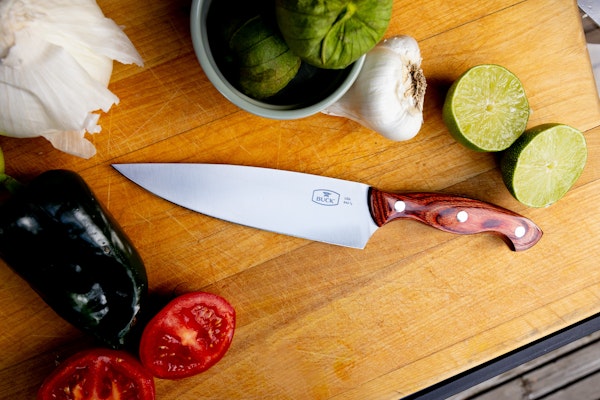
The Petite Chef:
The chef's knife, often hailed as the cornerstone of kitchen cutlery, is a versatile tool designed for a wide range of culinary tasks. Typically featuring a blade length between 8 and 12 inches, this "petite" version has shrunk below 8 inches for a more manageable, precise handling. It has a broad, tapered shape that allows for both detail and power. The curved edge facilitates a rocking motion, making it ideal for chopping, mincing, and slicing a variety of ingredients, from vegetables to meats. Traditionally made from high-carbon stainless steel, the chef's knife boasts durability and sharpness, while its balance and weight contribute to comfortable handling during extended use. Originating from France, this all-purpose knife has evolved into various styles around the world, yet it remains a fundamental tool in both professional kitchens and home cooking. Its ability to tackle diverse tasks with ease makes it an indispensable companion for any cook, embodying a perfect blend of form and function.
